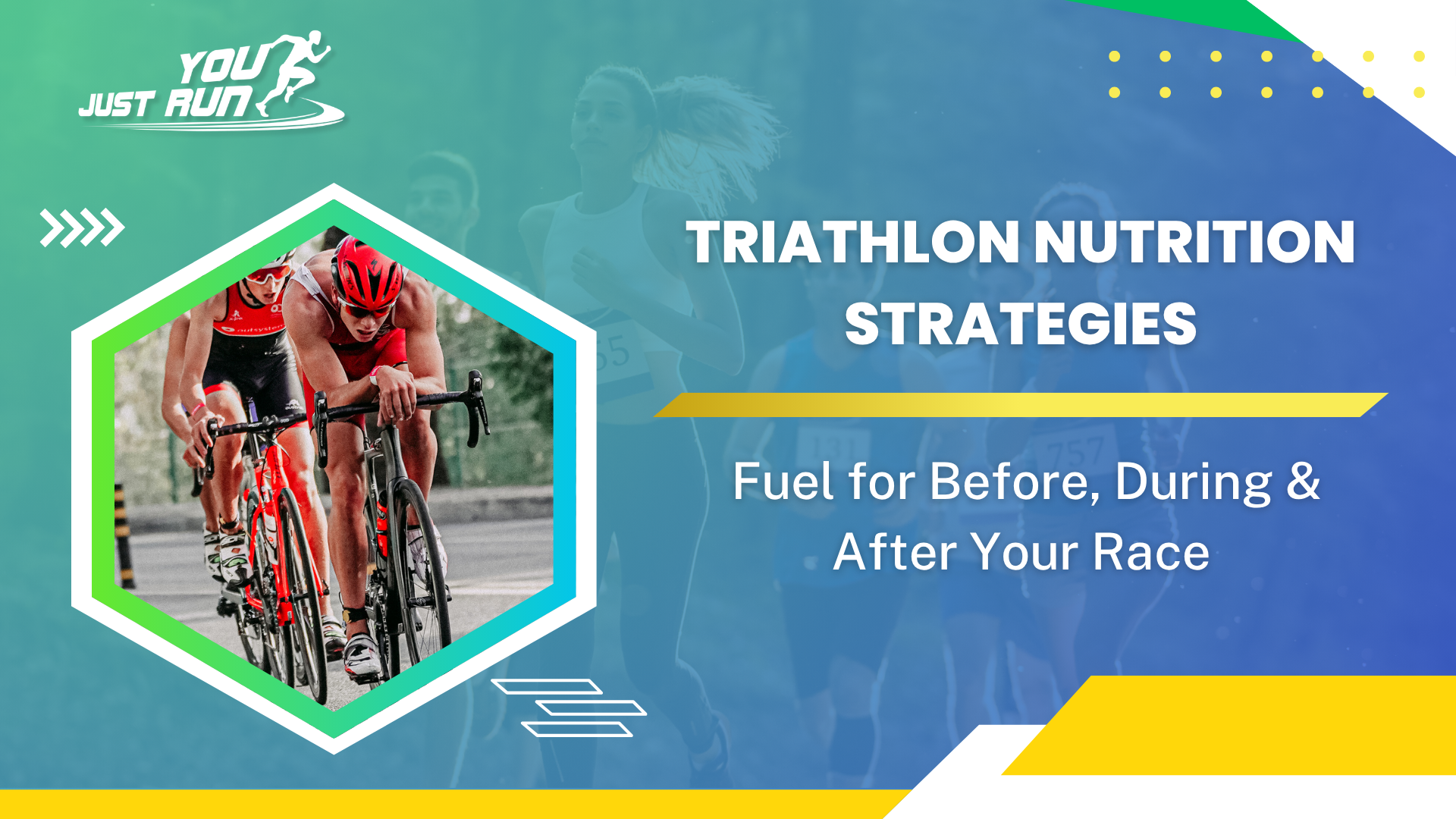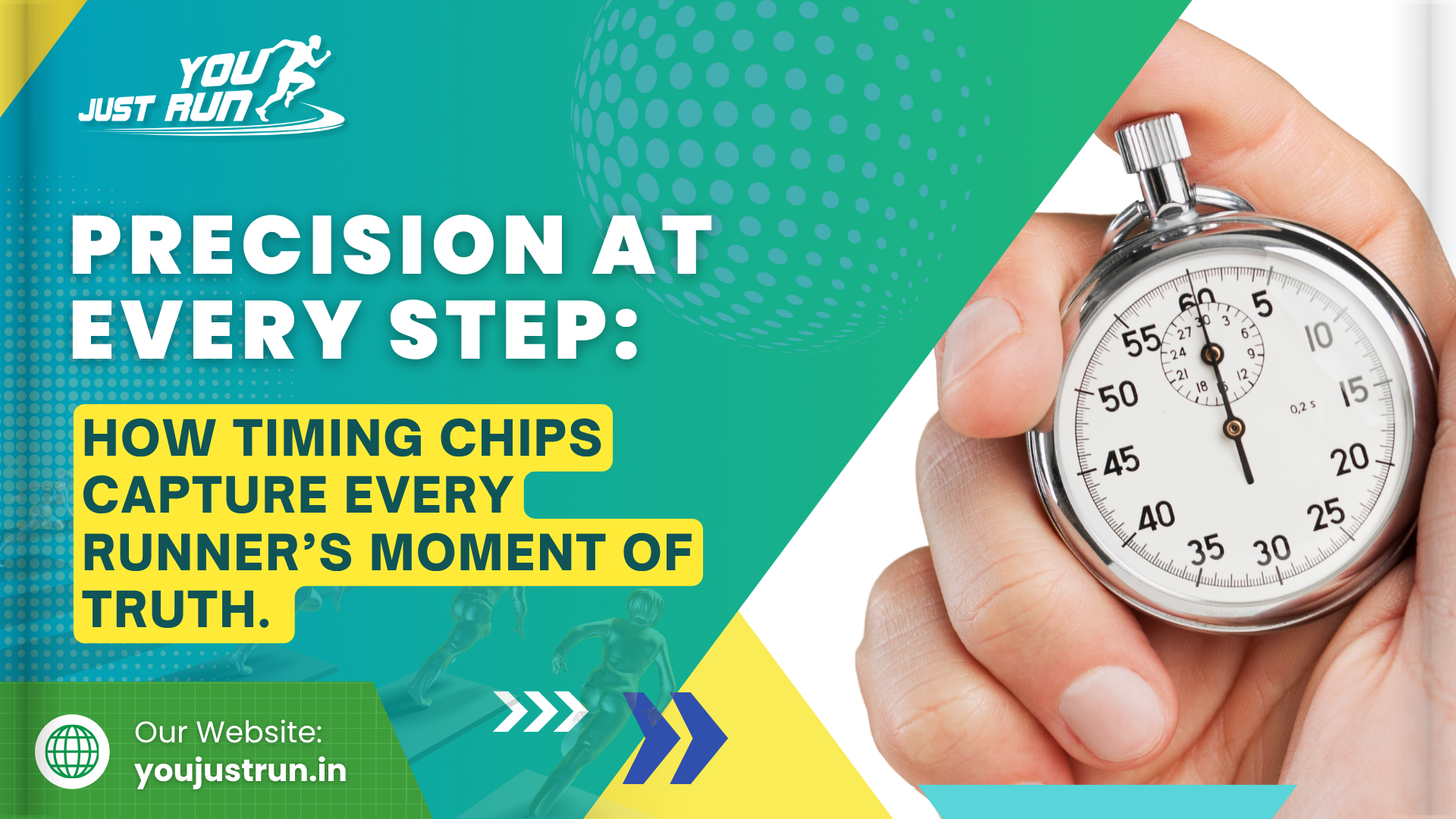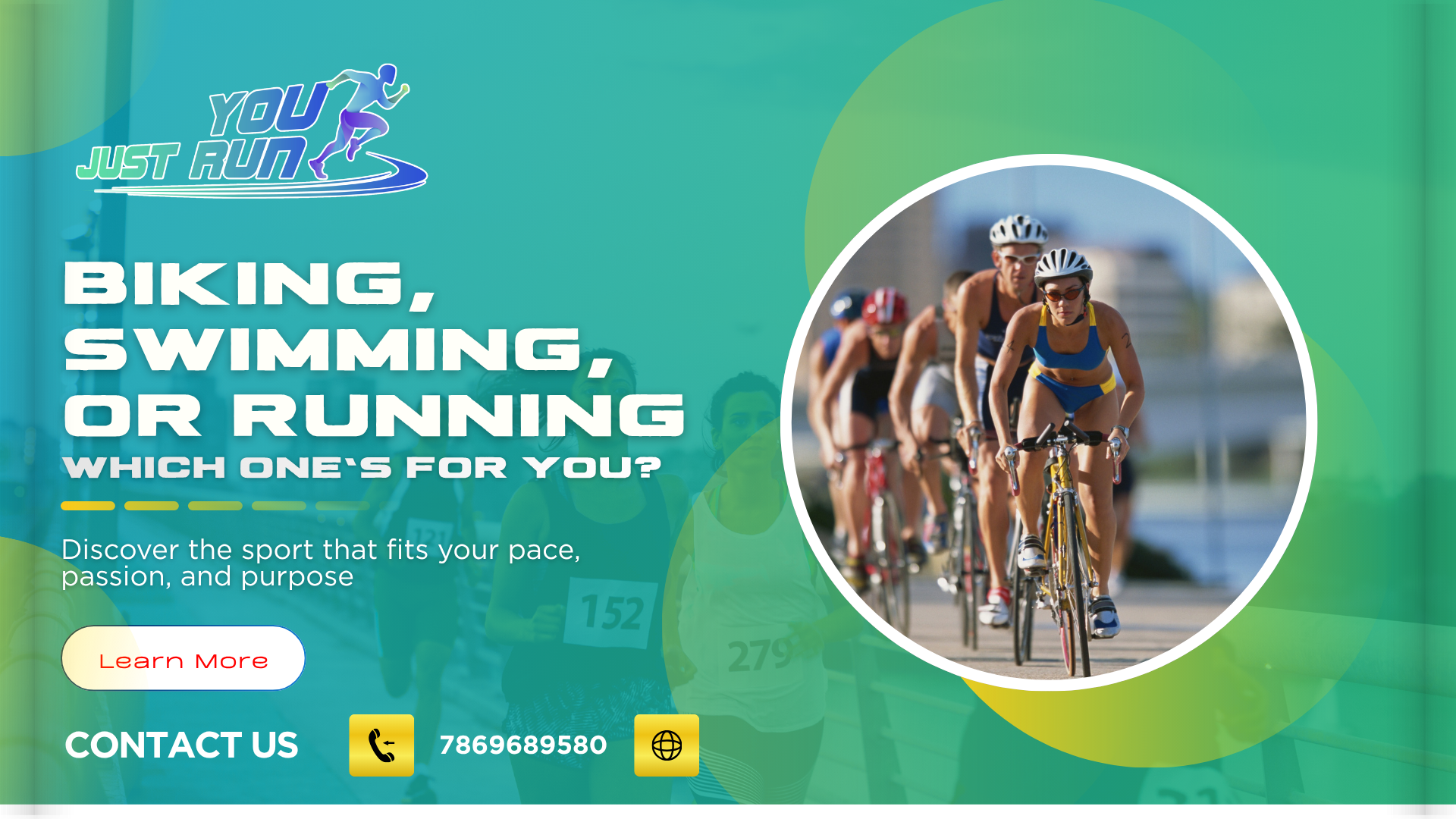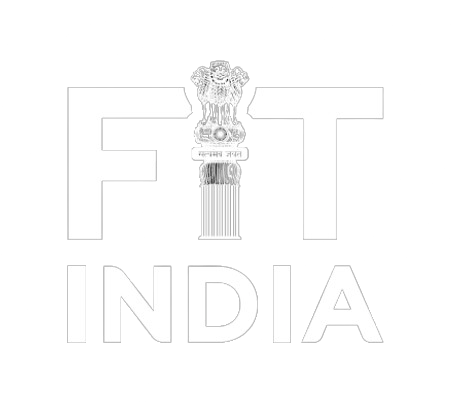Triathlon racing isn’t about pushing through tough workouts or nailing transitions—it’s about preparing your body for optimal performance. Nutrition can be the deciding factor between achieving your goals and bonking during the run.
Regardless of whether you’re competing in a sprint, Olympic, or Ironman-distance triathlon, proper nutrition is a must. Nutrition, however, isn’t limited to Triathlon Races race day alone. The top performers plan their fueling approach for pre-race, in-race, and post-race triathlon competitions.
The following is an actionable, evidence-based guide to help you feel more intelligent at each phase.
1. Pre-Race: Develop Your Nutrition Building Blocks
Your preparation does not begin at the starting line—it begins weeks or even months in advance.
Training Nutrition
During your training period, stick to balanced, whole-food nutrition:
- Carbohydrates for glycogen stores (whole grains, fruits, starchy vegetables).
- Lean proteins for muscle repair and recovery.
- Healthy fats for long-term energy (avocados, nuts, olive oil).
- Hydration—water, electrolyte beverages, herbal teas.
Tuning in your nutrition during training allows you to discover what foods and timing suit you—no surprises on a triathlon race day.
Pre-Race Meal (the Night Before)
The night before the race, keep it straightforward and familiar. Use carbs to replenish glycogen stores, moderate protein, and low fat and fiber to avoid GI upset.
Sample meal:
- Grilled chicken with rice and steamed vegetables
- Pasta with marinara and lean turkey
- Avoid greasy foods, heavy cream sauces, or something new
Race Morning Fuel
Your breakfast must be consumed 2–3 hours prior to the start. Opt for 300–600 calories, largely carbs with a small amount of protein.
Ideas:
- A bagel with peanut butter and banana
- Oatmeal with honey and berries
- Energy bar with electrolyte drink
Drink water or an electrolyte drink—don’t overhydrate or guzzle gallons.
2. During the Race: Fueling for Performance
The longer the event, the more important in-race nutrition is.
General Guidelines
Hydration: Drink to thirst but strive for ~500–750 mL per hour in warm conditions. Adjust according to heat/humidity.
Electrolytes: Replace sodium and other electrolytes expelled through sweat using sports drinks or salt tablets.
Carbs: 30–60 grams of carbs per hour for competitions more than 90 minutes in duration.
Swim Leg
You can’t consume food or fluids during the swim. That makes pre-race and transition fueling paramount.
Tip: Take a last sip of water or electrolyte drink right before the swim starts.
Bike Leg
This is your best opportunity to eat and drink. The bike is steady enough to digest real food or gels comfortably.
Suggestions:
- Sports drinks or water with electrolytes
- Energy gels, chews, or bars
- Bite-sized sandwiches (PB&J) for longer events
- Practice during training to avoid surprises on race day.
Running Leg
Digestive comfort becomes more challenging here. Prioritize easy-to-digest carbs and hydration.
Tips:
- Energy chews or gels with water
- Sports drinks at aid stations
- Small sips, not the big gulp, to minimize sloshing
Don’t experiment with anything new on race day. Your digestive system should be trained for these options beforehand.
3. After the Race: Recovery Counts
Nutrition doesn’t end at the finish line. How you recover dictates how fast you recover—and how well you utilize training gains.
Immediate Recovery Window (30–60 Minutes Post-Race)
This is the best time to replenish glycogen stores, repair muscles, and rehydrate.
Aims:
- 1–1.2g carbs per kg of body weight
- 15–25g protein
- Fluids and electrolytes to restore sweat loss
Examples: Recovery shake with protein and carbs
- Chocolate milk
- Banana and Greek yogurt
Rest of the Day
Aim for balanced meals with carbs, lean protein, and healthy fats. Continue hydrating throughout the day.
Ideas:
- Grilled salmon with roasted veggies and quinoa
- Chicken burrito bowl with rice, beans, salsa, and avocado
- Whole grain pasta with lean beef and tomato sauce
Bonus Tips from Seasoned Triathletes
Practice Makes Perfect: Train with your triathlon race-day nutrition plan so your gut knows what to expect.
Plan for Aid Stations: Familiarize yourself with the available aid stations on the course and practice using those specific brands.
Listen to Your Body: Everyone is different—adjust based on your tolerance, sweat rate, and preferences.
Final Thoughts
Triathlon race fueling is an art and science. It’s all about consistency, planning, and listening to your body. By prioritizing nutrition before, during, and after your race, you’re setting yourself up not only to finish but to finish strong.
Whether you’re going for a PR or stepping over the finish line for the first time, a well-thought-out nutrition plan is one of the most effective tools in your racing arsenal.









